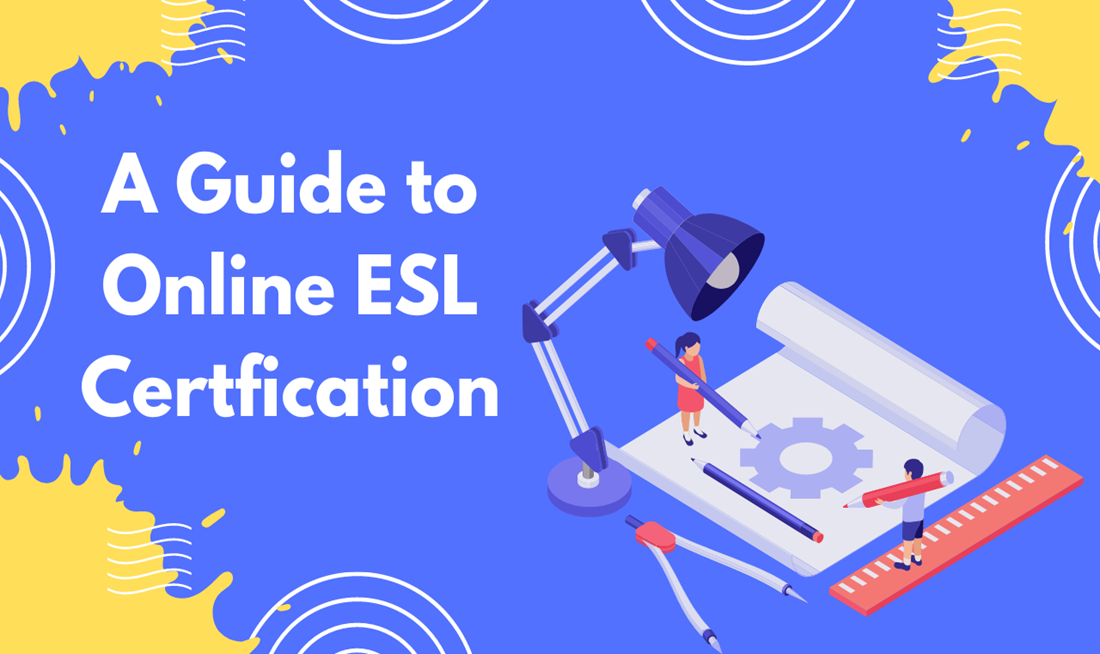MOOCs That Offer Real College Credit
College tuition has skyrocketed in recent years, forcing students and adult learners to seek more affordable and flexible alternatives. If you’ve ever wondered whether online courses can actually count toward a degree, you’re not alone. The good news? In 2025, more MOOCs (Massive Open Online Courses) offer real college credit than ever before, making it possible to start—or even complete—portions of a degree online without the overwhelming cost.
MOOCs have evolved far beyond their early days as casual learning tools for coding or business. Today, they provide legitimate paths to academic credit, thanks to partnerships between major universities and online platforms. These credit-bearing courses meet rigorous quality standards and can be transferred to partner institutions, making them a valuable option for students looking to save money and gain flexibility.
In this post, we’ll dive into how MOOCs are shaping the future of higher education in 2025, highlighting the top platforms and universities leading the way, how credit transfer works, and key things learners should know before getting started.
The Rise of Credit-Bearing MOOCs
The early 2010s introduced MOOCs as a revolution in accessible education. While the courses were free and available to anyone with internet access, they initially lacked academic recognition. Fast forward to 2025, and things have drastically changed. Today, leading platforms like Coursera, edX, and FutureLearn partner with accredited universities to offer MOOCs for college credit, bringing real academic legitimacy to online learning.
One reason for this shift is the growing demand for affordable and flexible education models. As student debt continues to rise, universities are under pressure to innovate. By offering credit-bearing MOOCs, they attract a broader student base—including working professionals, international learners, and those who may not have the time or resources to pursue traditional campus-based education.
Additionally, technological advancements in proctoring and identity verification have helped MOOCs gain academic trust. Universities now have tools to ensure that online learners meet the same standards as on-campus students, allowing them to confidently award transferable credit.
Top Platforms Offering MOOCs with College Credit
When it comes to earning real academic credit through MOOCs, not all platforms are created equal. A few stand out in 2025 for their established partnerships with top universities and their streamlined paths to credit.
Coursera, for example, offers the “University of London Bachelor of Science in Marketing” where courses are modularized into credit-bearing chunks. Learners can start with one course, earn a certificate, and eventually roll those into a full degree. Many of these courses are also part of Coursera’s “Professional Certificate” programs, some of which now include credit options.
edX, which is now part of 2U, has continued to expand its MicroBachelors and MicroMasters programs. These series of MOOCs are designed to earn real, transferable credit from institutions like Arizona State University and the University of Maryland Global Campus. Learners can take the courses on their own time and submit applications for credit upon completion.
FutureLearn, based in the UK, offers credit-bearing MOOCs in collaboration with institutions like Deakin University and Coventry University. These programs include undergraduate and postgraduate options, making them a good fit for international learners seeking globally recognized academic credentials.
How Credit Transfer Works
Just because a MOOC offers academic credit doesn’t mean it’s automatically accepted everywhere. Understanding how credit transfer works is crucial before investing your time and money into an online course.
Most MOOCs with college credit follow what’s known as a “credit equivalency model.” This means the course is assessed and approved by an accredited university that agrees to award credit if the student meets specific requirements, such as passing exams or completing verified assignments.
Once credit is earned, students typically receive a transcript or credit recommendation, either directly from the partner university or through organizations like the American Council on Education (ACE) or European Credit Transfer and Accumulation System (ECTS). These credits can then be transferred to another institution, but acceptance is always at the discretion of the receiving school.
To avoid surprises, it’s essential to:
-
Check if the course is ACE-recommended or part of a university-led program.
-
Confirm with your intended school whether the credit will be accepted.
-
Keep records of syllabi, grading rubrics, and assessment outcomes as backup documentation.
Who Should Consider MOOCs for Credit?
Not all learners are looking for academic credit, but for many, MOOCs are a game-changer. In 2025, MOOCs that offer college credit serve a variety of students, including:
Adult learners and working professionals who are looking to change careers or earn a promotion without going back to school full-time can benefit immensely. Many take credit-bearing MOOCs at night or on weekends and apply those credits toward a degree at a later time.
High school students interested in early college credits can also benefit from MOOCs. Taking a MicroBachelors course from a university like ASU can give them a head start on general education requirements while still in high school.
International students often use MOOCs to gain recognition from Western institutions. Earning a credit-bearing certificate from a U.S. or U.K. university through Coursera or edX can help strengthen applications and even fulfill prerequisites for graduate programs.
Even military personnel and veterans are increasingly using MOOCs in coordination with credit transfer services to complete degrees or certifications after active duty.
Cost vs. Traditional Education
Affordability is one of the biggest draws of MOOCs, especially those offering university credit. While the courses themselves may not always be free, the overall cost is significantly lower than enrolling in a traditional university program.
For instance, a MicroBachelors course from edX might cost between $400 and $1,000, but it could represent three college credits. Compare that to the cost per credit hour at a traditional college, which can exceed $1,200 at private institutions, and the savings are clear.
Additionally, many MOOCs offer pay-as-you-go models. You don’t have to commit to an entire degree up front, making it easier to manage your finances. If you later decide to pursue a full online degree, the credits you’ve earned can be applied, reducing your total time to graduation.
Financial aid is also increasingly available. Platforms like Coursera offer scholarships and subsidies, and some university partners accept government grants or employer tuition assistance. This makes MOOCs a viable and cost-effective pathway for learners of all backgrounds.
Real-Life Success Stories
In 2025, thousands of students have already turned their online learning into real-world success. Take Maria Gomez, a 32-year-old marketing coordinator who completed several courses in Coursera’s Google Career Certificates. After learning the basics of digital marketing and passing a project-based capstone course, she used the credit to enroll in a bachelor’s completion program at the University of London. Maria is now working on her degree—without student debt.
Or consider James Lin, a high school senior who completed an edX MicroBachelors program in computer science. By the time he applied to college, he had already earned six academic credits. This not only made his application stand out, but it also shaved off an entire semester from his college timeline.
These examples aren’t rare. They highlight how MOOCs with real college credit are opening doors for motivated learners who want more control over their educational journey.
Conclusion
Earning college credit through MOOCs isn’t just a concept for the future—it’s happening right now. In 2025, these online courses are helping countless students cut costs, study on their own terms, and work toward their academic goals without the constraints of traditional higher education.
From edX’s credit-bearing MicroBachelors programs to full online degrees on Coursera, these platforms are making college more accessible and flexible than ever. Whether you’re a working professional finishing a degree, a high school student getting ahead, or simply someone eager to learn, MOOCs offer a smart, practical way to shape your education.




How to Get ESL Certified Online and Start Teaching Globally « Student Teacher Location
May 27, 2025[…] MOOCs That Offer Real College Credit in 2025 […]